The Narayanpur Attack and the Bloody Shadow of Naxalism
On 26 June 2010, Naxals ambushed CRPF jawans in Narayanpur killing 26 in one of the deadliest attacks in Chhattisgarh.
Total Views |
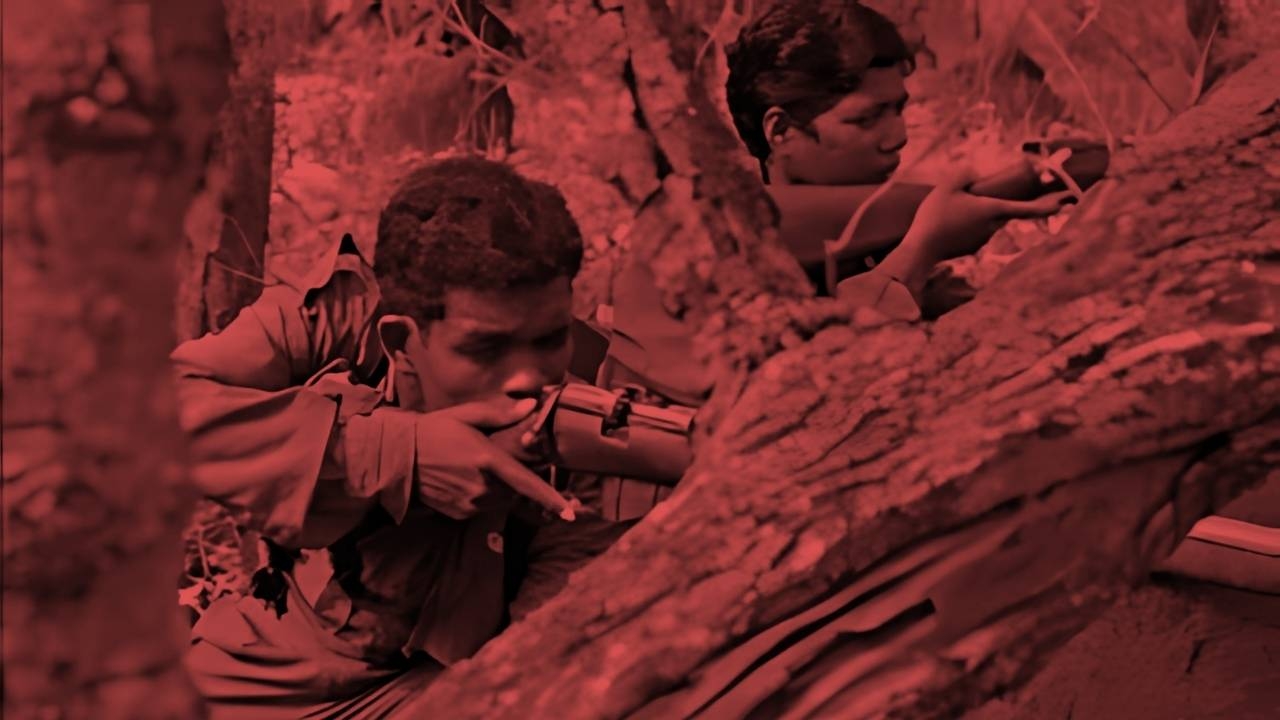
On 26 June 2010, Naxals carried out a deadly attack on the Central Reserve Police Force (CRPF) in the Narayanpur district of Chhattisgarh.
This was a well-planned and brutal assault by Maoist terrorists that resulted in the death of at least 26 CRPF personnel.
Bharat has long faced the problem of Naxalism. These anti-state groups operate from remote forested and hilly regions. The Narayanpur incident was another violent chapter in this ongoing conflict.
The attack took place when a CRPF team was returning to camp after a road construction and search operation near Daurai Road.
A group of around 150 to 200 Maoists ambushed 63 personnel from the 39th battalion’s E Company.
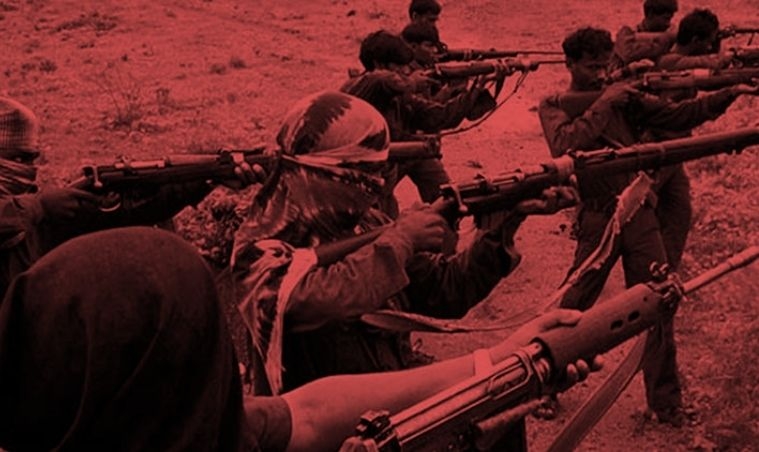
They opened fire from elevated positions in the hilly terrain, taking the soldiers by surprise. A fierce gunfight broke out.
Twenty-six soldiers were killed and at least eight were seriously injured. A rescue operation was quickly launched by the army and state police.
The dense forest and difficult terrain made the rescue efforts extremely challenging.
The next day, the body of a missing soldier was recovered, raising the death toll to 27.
Just months earlier, 76 CRPF personnel had been killed in another attack in Dantewada.
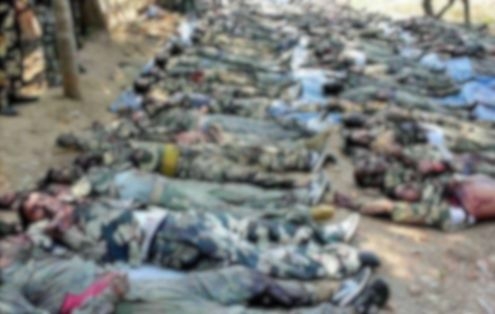
The Narayanpur attack shook the nation and once again raised questions about intelligence and internal security.
Many such attacks took place despite prior information, with little or no preventive action.
These incidents expose the threat posed by the Naxalites and their extremist communist backers.
They are not reformers but violent radicals who aim to impose an ideology through guns and bombs.
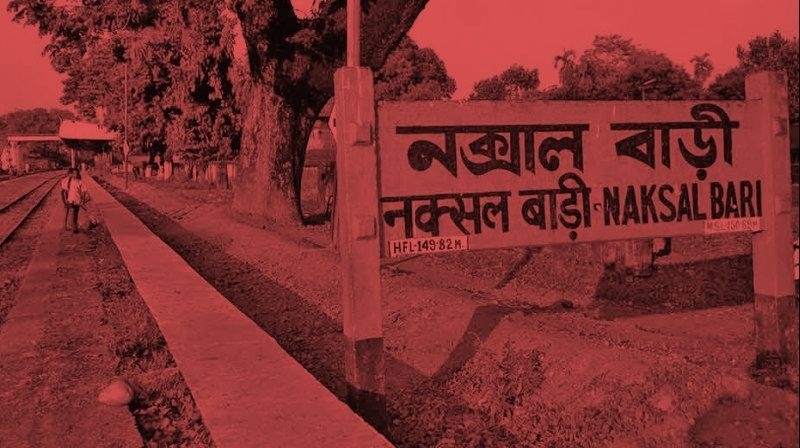
Naxalism began in 1967 in Naxalbari, West Bengal, with Maoist-influenced left-wing extremists who believed in using violence to secure rights for the poor.
They rejected democracy and saw the state as their enemy.
What began as a political movement has since turned into a full-blown terror network that targets villagers, police, election staff, and doctors alike.
They kidnap people at night and kill them publicly to spread fear. Their so-called people’s war is built on bloodshed.
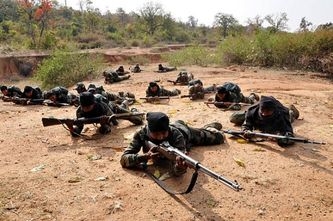
Following the 2010 attack, the government stepped up its anti-Naxal operations under ‘Operation Green Hunt’.
A joint decision was taken by the Centre and the state to boost both security and development in affected areas.
Tributes were paid to the martyrs and their families were offered compensation. But the attack was more than a military assault.
It was a political challenge to the authority of the state. The Maoists continued to push their idea of a revolution in poor and remote regions, rejecting democracy and state development.
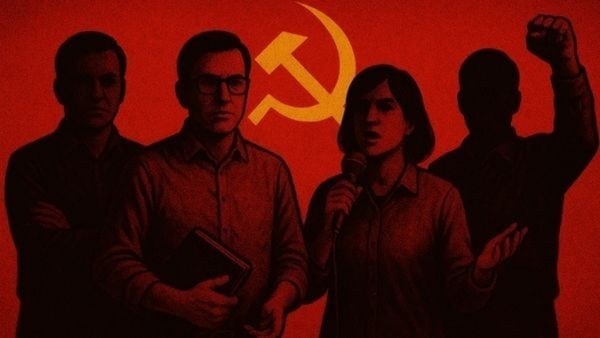
What is also worrying is the support they get from urban naxals who call themselves intellectuals.
These individuals sit in universities, burn the national flag, dismiss court rulings, and insult slogans like 'Bharat Mata Ki Jai' as oppressive.
They defend Naxal violence as a people’s movement and try to give it social legitimacy.
Such ideologies are dangerous. They aim to replace democracy with dictatorship and free speech with silence.
They dream of a system where one ideology rules and all dissent is punished.
The 26 CRPF soldiers who died in Narayanpur are not just numbers. They represent the courage and sacrifice needed to protect the nation.
Their memory continues to inspire a stronger, more alert response from Chhattisgarh.
The attack changed how Bharat approached its internal security and led to more technology-driven and community-based policing in Naxal-hit areas.
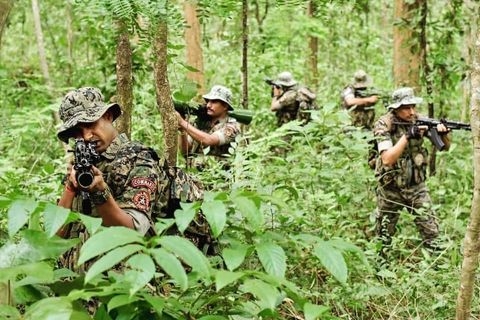
Fifteen years later, Naxalism has weakened but not disappeared.
The country must remain united to protect its future from such violence.
Every responsible citizen must stand against this ideology of terror.
If we fail, the next generation will not forgive us.
Article by

Suronjon Mojumder
Intern, The Narrative

